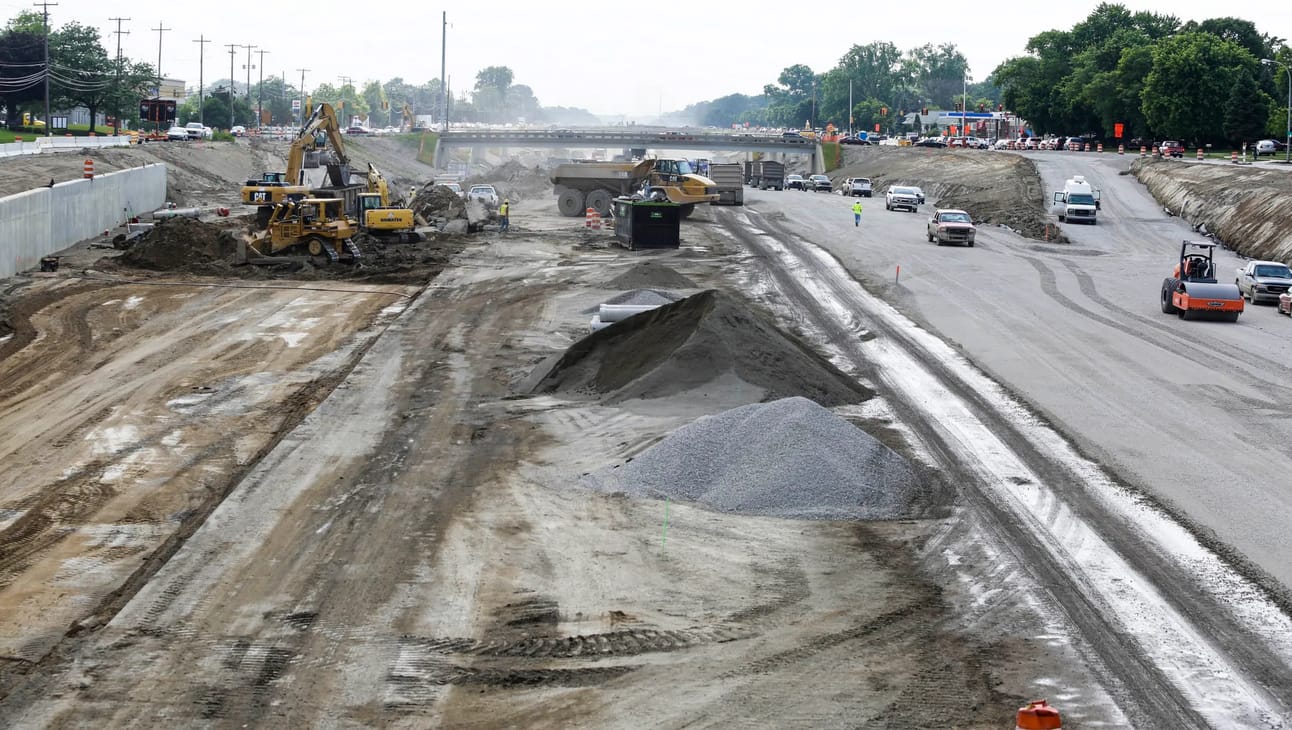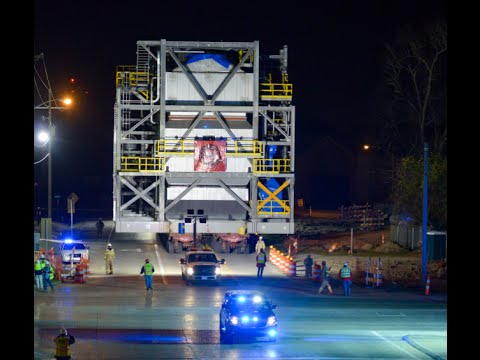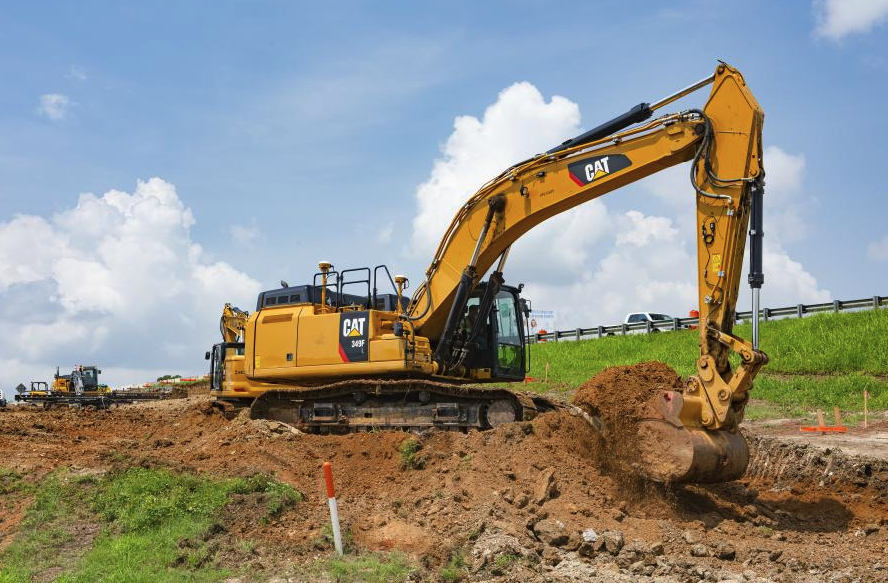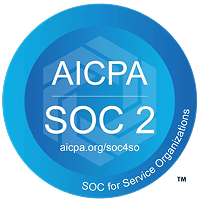Building Trust and Profit Through Better Client Communication

Tristan Wilson
Better Client Communication
Building Trust and Profit Through Better Client Communication
Your essential guide to dominating the construction bidding and building world with the latest tech, market trends, and wisdom.

TL;DR: On the first job that I ran as a project manager in Maryland, I was scared to let the project owner’s rep and engineer know about potentially bad news. I feared it would upset them and damage our reputation. I wanted us to be “perfect” in their eyes. In retrospect, they knew that I was not as forthcoming with information as I should have been and thus did not have a lot of confidence in me. The reality is that no contractor is perfect. People will forget what you said but never forget how you made them feel. I was rated as “average” in a post-project survey. I didn’t like that. This motivated me to level up.
The more work I managed, the more I realized that clients value trust above all else. They want to know that they can count on you to do the right thing when they’re not watching you. Trust is earned through communicating difficult news early (especially when you don’t want to), doing what you said you would do, working through problems, and looking for the win/win. To establish trust and maintain effective relationships while accomplishing shared goals and delivering profitable projects, you must maintain a high level of communication with clients.
This industry is small. You want clients to want to work with your company on the next job every time. As Will Rogers said, “It takes a lifetime to build a good reputation, but you can lose it in a minute.” Here are a few tips and tools I picked up in my journey of managing client relationships in construction. Nearly all of these were learned by screwing up and then learning from my mistakes.

Photo Credit: Detroit Free Press
The simplest way to achieve Client satisfaction and success is to build safe, high-quality, and on time work at a profit.
Quality speaks for itself. We once laid a lane of OGFC without skis and, while it was in spec, a few locations rode poorly. We elected to diamond grind them on our own dime. That engineer thanked us and never forgot that we weren’t just about “meeting spec”.
Be honest, transparent, and open.
Tell the truth and you won’t have to remember anything.
Understand the Client’s needs and hierarchy and try to achieve issue resolution on the lowest level possible. Follow the Client’s chain of command.
Every time I went over someone’s head without notifying that person that we planned to escalate the issue, it backfired on me big time. And if the Superintendent and Lead Inspector can work it, let them handle it.
Demonstrate a high level of responsiveness. Phone calls and emails are answered in hours, not days. Listen when they speak.
If a client calls, he or she typically has something to say that matters to them, no matter how small it may seem to you.
Be authentic and get to know them. Use the 5 F’s (family/friends, favorites, firsts, fun, from) to establish common interests outside of the job.
I rarely made small talk with clients in my first few years as a PM because I was too serious. Eventually I chilled out, opened up more, began to swing by the engineer’s office for coffee, and started to take a genuine interest in our clients. It was time well spent.
Problems are best resolved as follows: Face to face interaction > phone call > text > email. Pick up the phone as a general courtesy if there is a problem before pressing send on an email.
Have you ever sent an email to a client in the heat of the moment and wished you could take it back? I have and it’s crappy feeling. My email draft list was full of unsent emails that never saw the light of day - for good reason. If you’re wondering whether or not you should press send, the answer is no. If you’re unsure, sleep on it and see you how you feel about it tomorrow.
Always discuss problems in person or on the phone before pressing send. Use email as a follow up to confirm. Email never dies.
Attempt to make their jobs easier, not harder.
You can have high standards, be firm, and get what you’re after while still easy to work with. Agreeableness is not popularized in mainstream culture because it’s not dramatic, but it’s how effective people get stuff done.
If you blatantly screw up, admit it and address the issue as soon as possible. Communicate the fix, obtain buy-in on the fix, document the fix, and do it. The longer you wait, the worse it will become.
If the manhole results in you spilling your coffee, you’re going to have to fix it regardless. Move as fast to fix rework as you would to grab a $10 bill that slipped out of your wallet in the grocery store parking lot on a windy Fall day. I’ve waited, argued, and quoted the spec book in emails before when it was clearly our fault... Only to piss them off more and still end up fixing it at our cost later.
Communicate early and often on potential cost impacts of Client’s decisions. Clarify exactly what they want. Sometimes we cannot do what they want and they need to know about it.
A General Superintendent I worked with sensed design issues before they became a problem and was not shy about letting the client know that their plans wouldn’t work. Despite his gruffness, their respect for him was deep because they knew he had their best interests in mind.

Photo Credit: Construction Equipment Guide
Get paid for the work that you do, including extra work. Get change orders approved before starting the work. Deviations from the contract/drawings must be followed up in writing, preferably in a Request for Information (RFI) format. Issue weekly Change Order, RFI, and Submittal Logs.
A project I managed had $28 million in change orders on a contract that started out at $13 million. There were substantial scope changes, extra work, and over a hundred change orders. We managed every one through a weekly change order log. A template is below for your use.
Understand the approval and payment process. Ask what you can do to improve the process. Be clear about your expectations for payment.
You should not feel bad about saying you expect to be paid within 15 days per the contract terms at the kickoff meeting and asking how this can be achieved.
Conduct a post job conference with the Client on all projects over a certain size or duration to review what worked, what didn’t work, and openly discuss the project.
We are so busy we often forget to ask for feedback.
Talk openly about problems... It works!
We worked for FLUOR on the site of a $9 billion mega project with over 8,000 craft workers. The FLUOR folks were master problem solvers. At weekly progress meetings, we’d jump into an “Issues Resolution Log”. All problems, conflicts, and issues were documented, updated, and assigned action items here. It was a simple yet marvelous tool for surfacing problems on a complex project. We’ve included a template for you below.


First Heavy Haul Transport for Sasol’s US Mega Project
2 Tools to Help Make You Better → Our gifts 🎁 to you!
Issues Resolution Log Template 🚨
Change Order Log Template 📢
We hope these insights and tools help you in building trust and achieving success with your clients. Thanks for reading this week!

.avif)

.avif)


.svg)


